What Is Perlite?
Perlite is a naturally occurring mineral formed from amorphous volcanic glass. When this volcanic rock is heated to high temperatures, it expands into small white granules that resemble popcorn. These lightweight particles are what gardeners recognize as perlite soil amendment.
Because of its porous structure and neutral pH, perlite improves aeration and drainage, making it one of the most valuable soil amendments for any soil mix or growing medium.
Whether you’re planting in containers, garden beds, or raised beds, perlite for plants offers excellent results. It keeps the soil light and fluffy, helps with water retention, and prevents waterlogging—key factors for healthy root growth and thriving plant roots.

Why Use Perlite Soil Amendment?
Improves Aeration and Drainage
When you add perlite to soil, it creates tiny air pockets that improve aeration and drainage. This allows plant roots to access oxygen easily while reducing the risk of root rot.
Perlite is especially useful in dense or clay soils, where compaction and poor drainage are common. You can explore more tips on achieving good soil drainage here.
Enhances Water Retention
While perlite helps with improving drainage, it also holds a bit of moisture between its pores—giving your plants steady access to water.
This balance makes perlite ideal for perlite potting and container gardening. Because it retains some weight in water, the soil stays evenly moist without becoming soggy.
Prevents Soil Compaction
Over time, garden soil can become compacted, especially when frequently watered or walked on. Adding perlite helps prevent soil compaction, keeping the soil loose and well-structured.
This ensures plant roots can spread freely and absorb nutrients effectively. For similar aerating amendments, check out guides on pumice or rice hulls.

Using Perlite for Soil Drainage and Planting
Perlite’s lightweight and porous structure makes it perfect for mixing into potting soil, seed-starting blends, or garden beds.
A common soil mix ratio is one part perlite to two parts compost or coco coir. This mix promotes balance between moisture and air, ideal for seedlings and established plants alike.
When doing perlite planting, consider these tips:
- For container gardening, mix equal parts perlite, peat, and compost.
- In garden beds, work 25–30% perlite into the top 6 inches of soil.
- For propagation or seed starting, pure or moistened perlite provides excellent drainage and disease prevention.
To learn more about other soil amendments that complement perlite, explore peat moss, coco coir, and vermiculite.
How Perlite Compares to Other Soil Amendments
Perlite stands out because it’s inorganic and doesn’t decompose over time. Unlike organic matter such as peat moss or compost, soil with perlite maintains structure season after season. It doesn’t alter soil pH, and its neutral pH makes it compatible with most growing media and fertilizers.
Compared to other amendments:
- Vermiculite holds more water but offers less aeration.
- Pumice (a natural volcanic rock) is heavier but provides long-term porosity.
- Biochar and diatomite rock improve nutrient retention but not drainage as efficiently as perlite.
Learn more about these options in our soil amendments collection and perlite selection.

Perlite in Different Soil Types
- Clay soils: Adding perlite lightens dense soil, enhancing aeration and drainage while reducing compaction.
- Sandy soils: Perlite increases water retention, keeping soil from drying out too quickly.
- Loamy soils: Blending perlite helps maintain the perfect balance between moisture and airflow, ideal for strong root systems.
Each soil type benefits differently, but the common result is the same—better root growth, stronger plant roots, and healthier plants overall.
Perlite in Raised Beds and Containers
Perlite is especially valuable in raised beds and container gardens. Because it’s lightweight, it prevents your soil from becoming too heavy while ensuring proper perlite for soil drainage. It also reduces the overall weight in water, making pots easier to move and manage. For more inspiration, see products that improve drainage.
Conclusion
Using perlite soil is one of the easiest ways to improve your garden’s performance. This soil amendment enhances aeration, balances water retention, and helps prevent soil compaction, all while creating the perfect environment for root growth.
Whether you’re planting vegetables, herbs, or flowers, perlite for plants ensures long-lasting benefits in every soil mix. Explore our full range of perlite products here and give your garden the aeration and structure it deserves.
To explore more guides, visit our Resource Center or browse our garden books for expert insights.

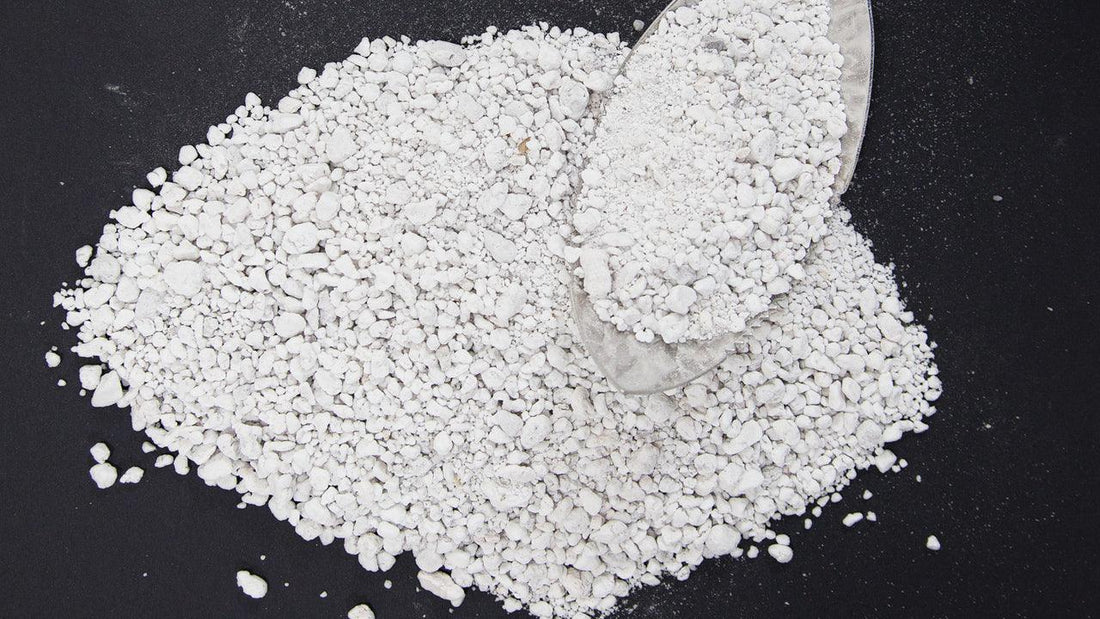

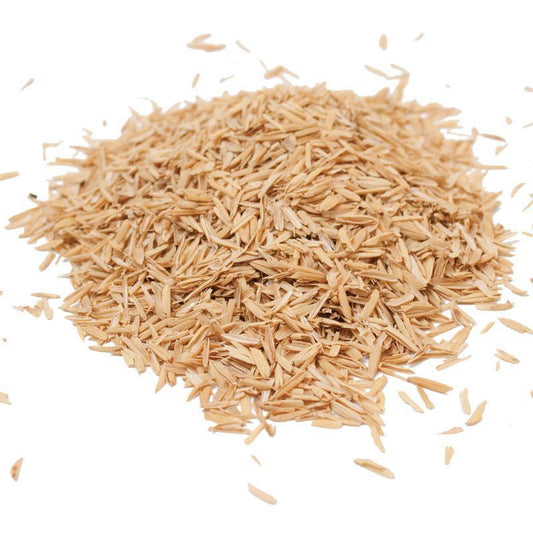
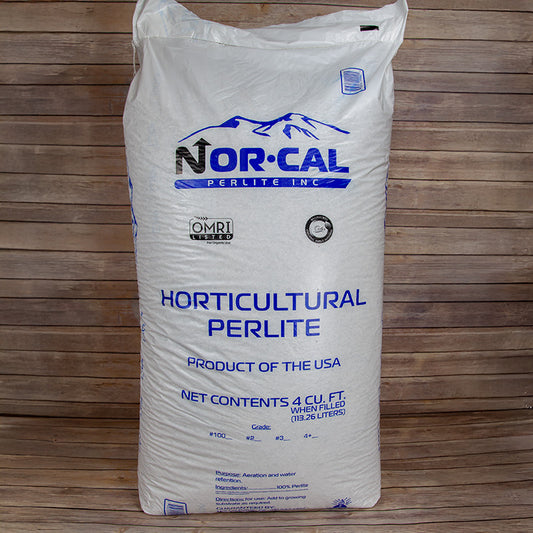
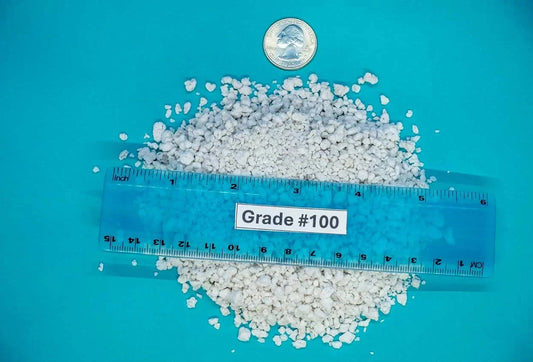
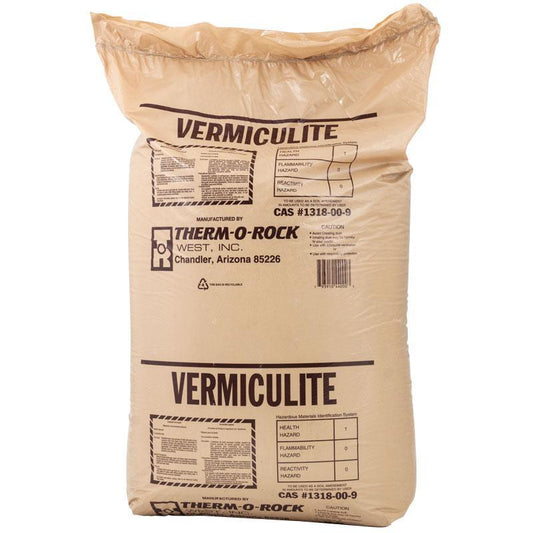
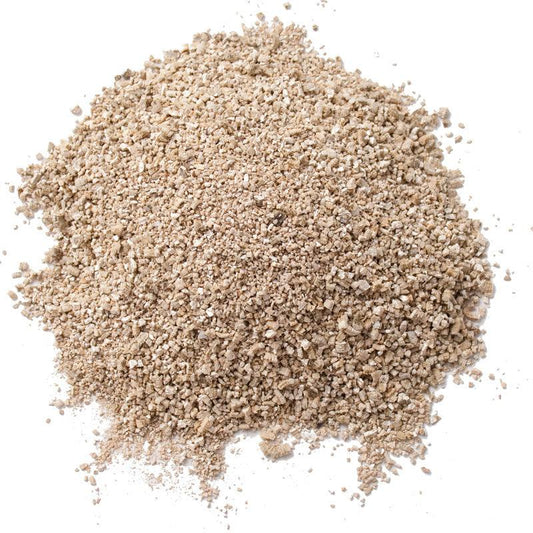
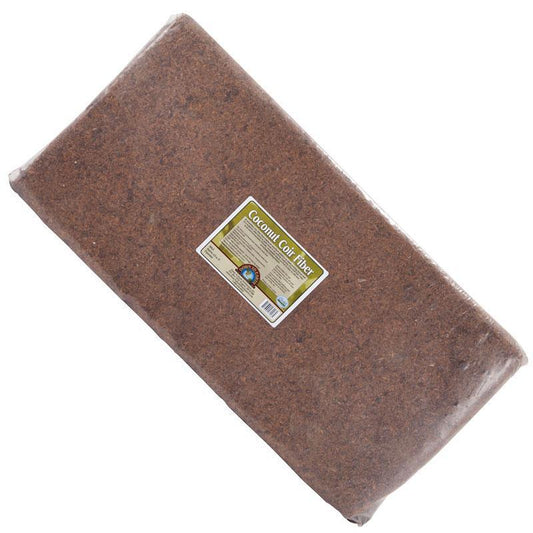
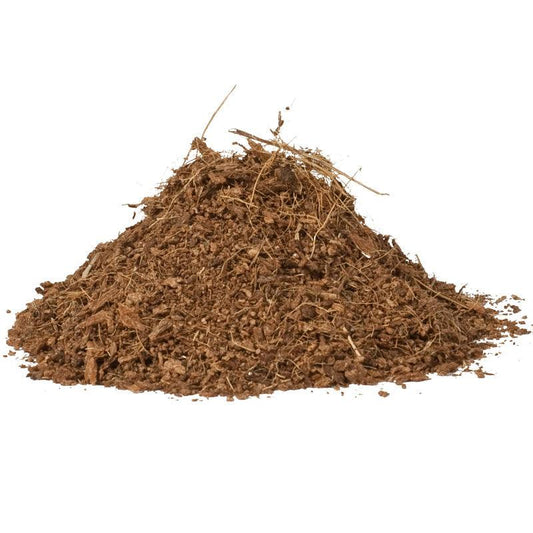
2 comments
How to use soil amendments-Perlite the above article is beyond informative. I just took a free class from the comfort of my home.
I CAN’T THANK-YOU ENOUTH:)
I had an issue in the garden. I was using a living soil mix just add water were the directions. Except I’m not used to that kind of water retention. I ended up overwatering to the point that they werent dying but only growing an inch per 2 weeks. Next time I’m going to mix it with more perlite. That way it’s more even drainage.